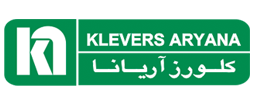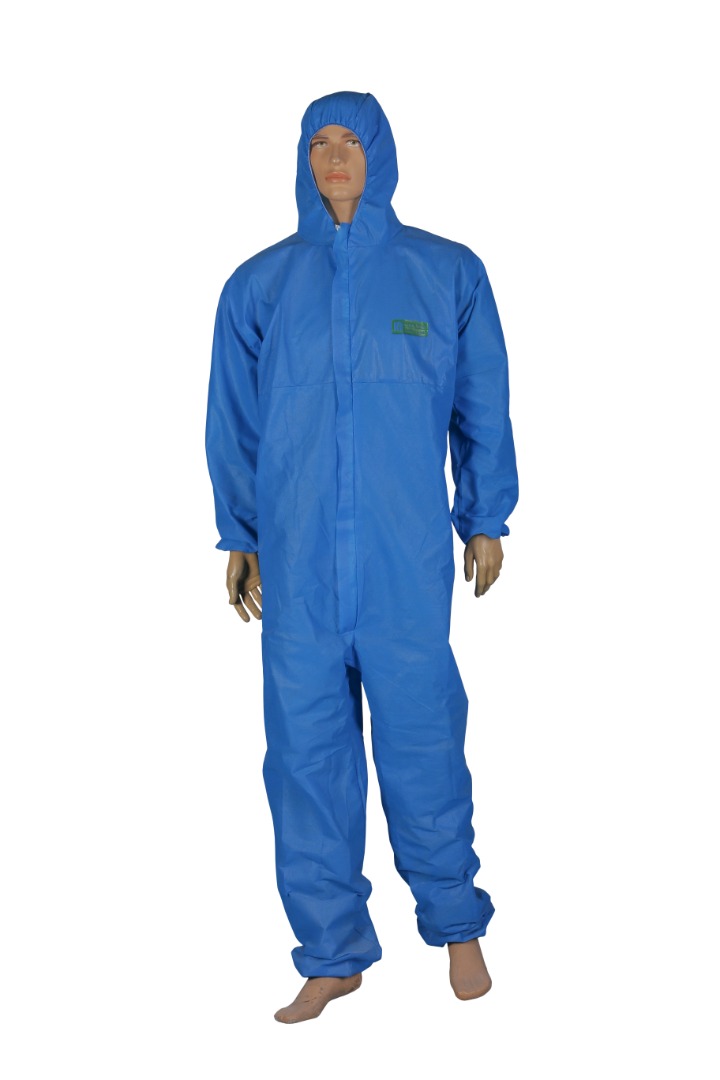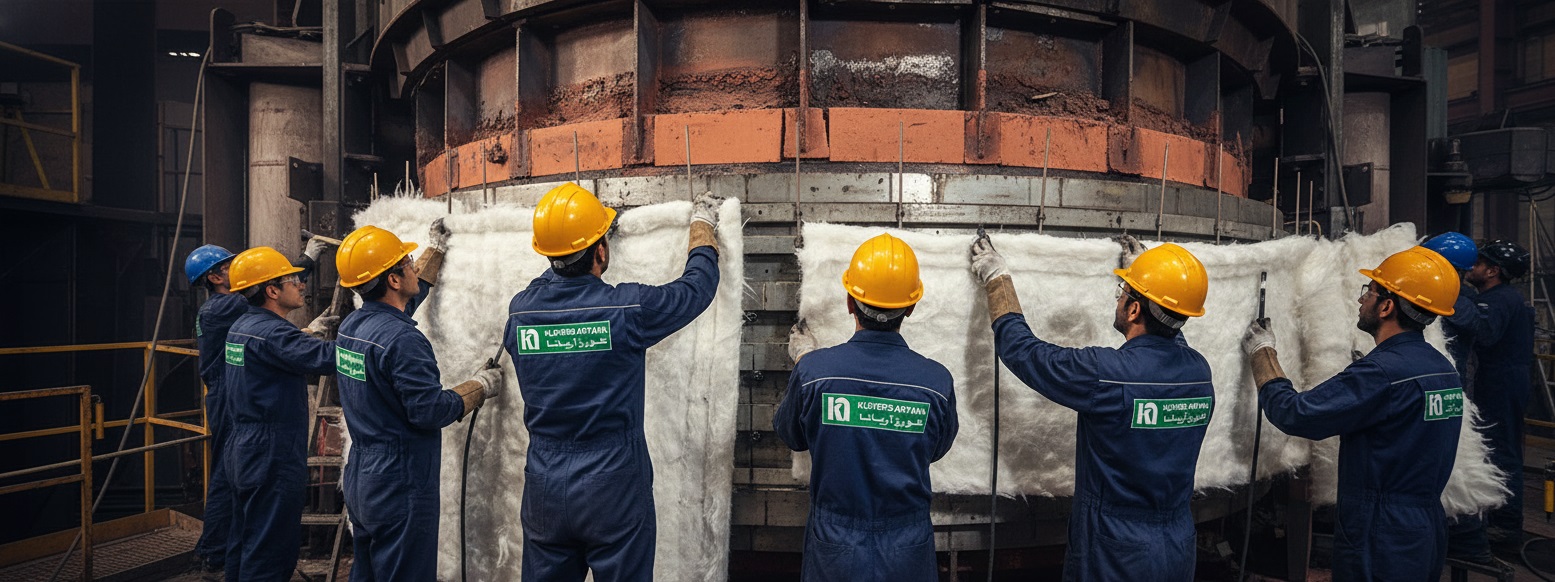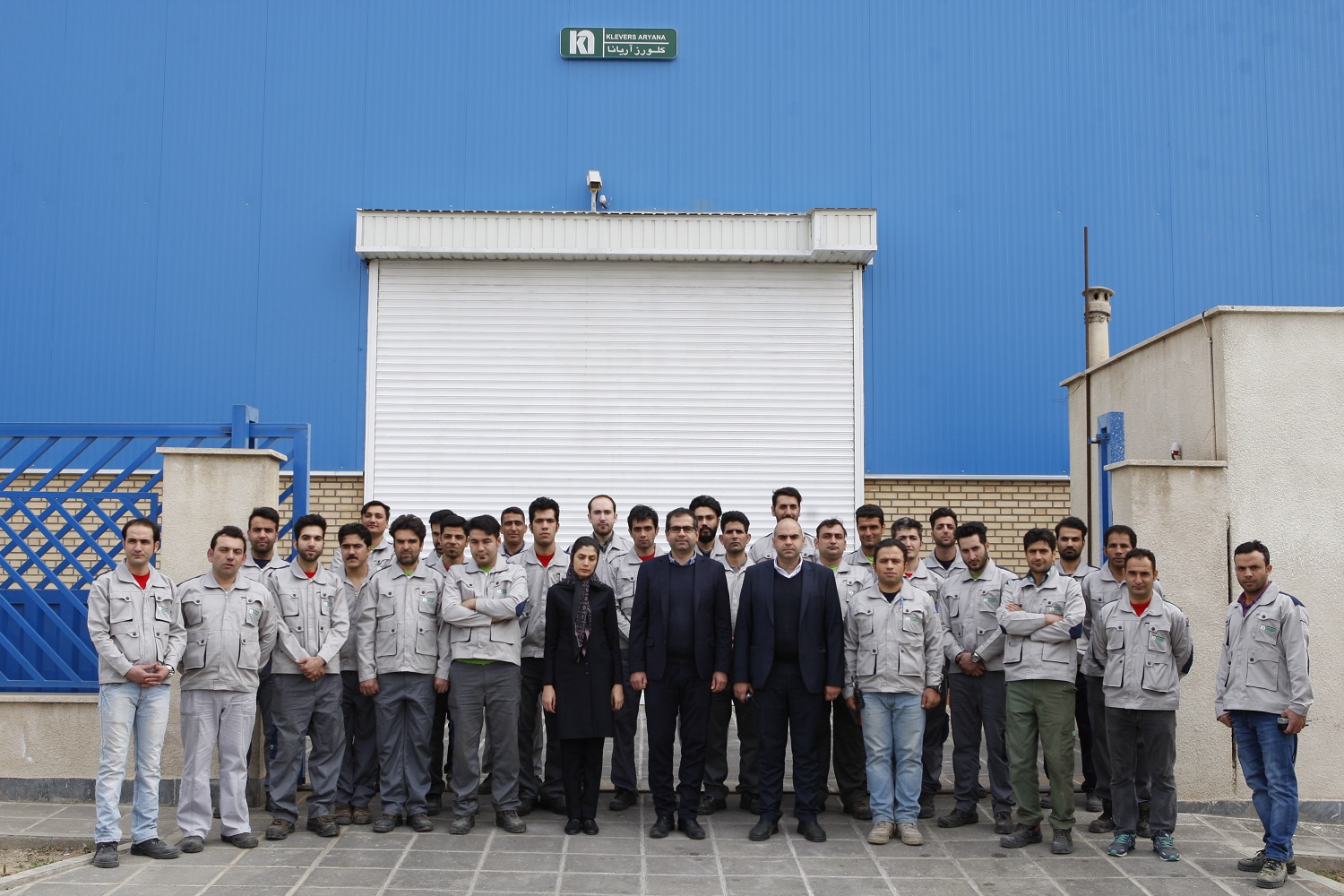In today’s industrial world, workwear is not just a part of a professional appearance but plays a key role in protecting the life and health of employees. Choosing the right workwear can mean the difference between a safe workday and a tragic accident. This article explores the types of workwear, their materials, standards, and selection criteria to help you make an informed decision.

The Importance of Appropriate Attire for the Workplace
As the first layer of defense, workwear protects employees from mechanical, chemical, and thermal hazards. According to reports from safety organizations like the NFPA, using appropriate workwear can reduce fire-related injuries in industries by up to 50%. In Iran, with the growth of petrochemical and steel industries, the demand for fire-resistant workwear has increased.
For more information on thermal protection solutions, please visit our Passive Fire Protection page.
Types of Workwear: Standard vs. Fire-Resistant
Workwear can be divided into two main categories:
Standard Workwear
This type of workwear is designed for low-risk environments such as workshops, warehouses, and manufacturing facilities. Its key features include:
- Durable materials like cotton or polyester for high durability.
- Ergonomic design with multiple pockets for carrying tools.
- A variety of colors for easy employee identification.
Applications: Suitable for food, aluminum, and copper industries where thermal hazards are minimal.
Fire-Resistant (FR) Workwear
These garments are ideal for high-risk environments such as refineries, metal smelting plants, and firefighting. The main advantages are:
- Made from heat-resistant materials like Nomex or Kevlar.
- Full-body coverage to prevent burns.
- Design that maintains freedom of movement.
For more details, take a look at our article on fire protection.
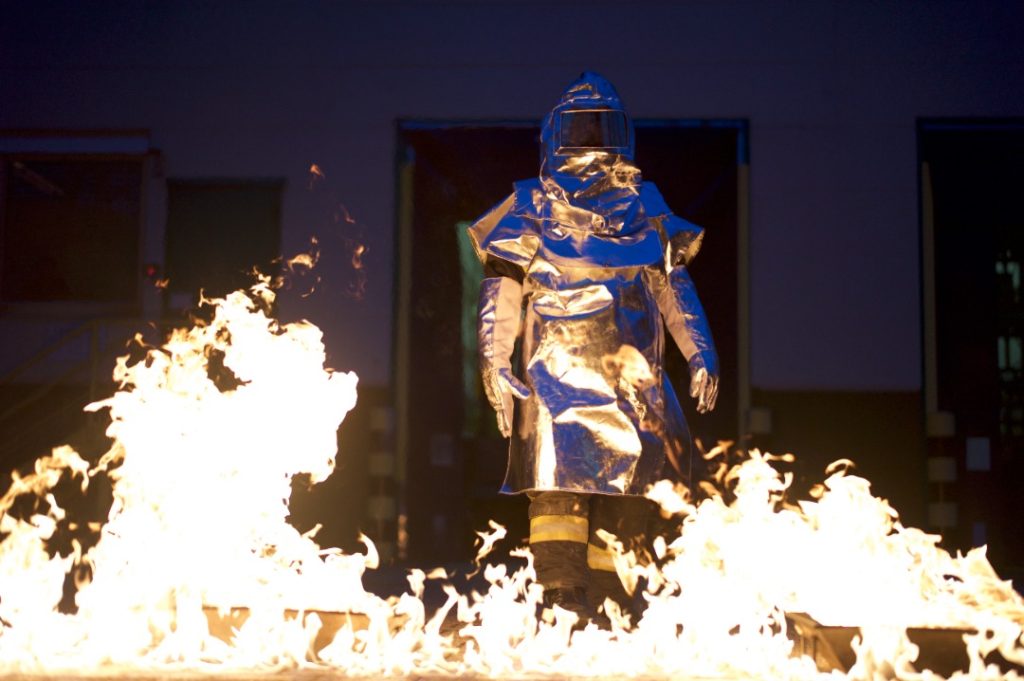
Materials and Technologies Used in Workplace Apparel
Workwear materials vary based on their application. For standard workwear:
- Cotton: Breathable and comfortable for long hours of work.
- Polyester: Abrasion-resistant and cost-effective.
- Blends like Polycotton: A balance between durability and comfort.
For fire-resistant workwear:
These materials are tested according to international standards such as NFPA 2112. For related insulation materials, visit our Insulating Materials page.
Safety Standards and Certifications
Standards guarantee quality. The most critical ones are:
- NFPA 2112: The American standard for clothing resistant to short-duration thermal exposures from fire. Tests include flame and heat resistance.
- ISO 11612: The European standard for protection against heat and flame, which includes tests for thermal expansion.

In the European Union, CE Marking is mandatory. To compare with ASTM standards in insulation, visit our Research and Development services page.
Applications of Workwear in Key Industries
Workwear plays a vital role in various industries:
- Oil & Gas, Petrochemical: Fire-resistant clothing to prevent burns when working with thermal equipment.
- Steel and Metal Smelting: Resistance to high heat.
- Power Plants: Protection against electric arc flash or thermal equipment.
- Marine Industries: Standard workwear with moisture resistance.
For related insulation solutions in these industries, refer to our article on turbine insulation.
Benefits of Using Fire-Resistant Workwear in Industrial Environments
Using fire-resistant workwear offers several advantages:
- Reduced Burn Severity: The material does not melt or stick to the skin.
- Increased Overall Safety: Reduces the risk of fatalities in fire incidents by up to 70%.
- Comfort and Durability: Modern designs allow for easy movement without compromising protection.
- Economic Savings: Lowers medical costs and work stoppages.
For similar benefits in our combo bag products, take a look at the Combo Bag page.
How to Choose the Right Workwear: A Step-by-Step Guide
The choice of workwear depends on the following factors:
- Assess the work environment’s risks (thermal, chemical).
- Choose the right size and ergonomic model.
- Check for certifications like NFPA or ISO.
- Consider budget and material durability.
For engineering consultation in making your selection, please visit our Engineering Services page.
For further questions, please visit our Contact Us page.
Conclusion
Choosing the right workwear is an investment in safety. By considering the points above, you can select the best option for your team.
Klevers Aryana, with its extensive experience in producing fire-resistant materials and high-temperature solutions, offers a range of standard and fire-protective workwear of superior quality. Our products include ergonomic apparel made from durable materials like fire-resistant fabrics, suitable for power, petrochemical, and steel industries. For a free consultation and to make a purchase, please visit our Contact Us page and let our experts know your needs.
References
- NFPA 2112 Standard – National Fire Protection Association.
- ISO 11612 Protective Clothing – ArcWear.
- Guide to Workwear Fabrics – Wilco Farm Stores.
- Types of Workwear Materials – Badger Australia.
- Benefits of FR Clothing – Forge FR.
- Flame Resistant Fabrics – TenCate Fabrics.
- PPE Testing – UL Solutions.
